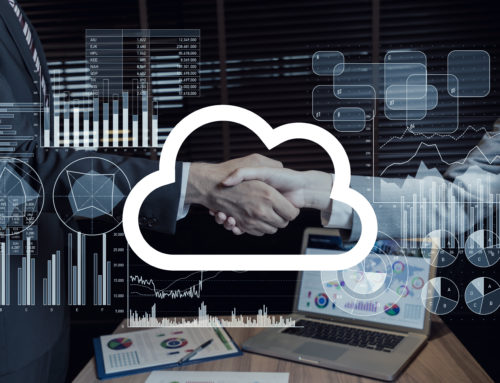Technology has become infused in the daily life of most Americans, and it’s forever altering how consumers interact with brands, especially travel related ones. Call it customer 2.0; a world where hoteliers must learn to make meaningful connections in ways never previously explored.
At SkyTouch Technology, we’re trend experts, and we’ve put together a list of the ways technology is most significantly altering the way in which customers behave within the hotel universe.
Here’s what you need to know to be successful in 2017.
Micro Moments
Rather than sit and explore travel options in a couple of extended activity bursts, these days, customers research travel in what’s called micro-moments. It’s the latest customer behavior twist directly correlated to how we all use those powerful computers in our pockets. Consumers now prefer researching travel in hundreds of single-minded moments whenever they have a bit of extra time. Say on the morning commute or on line at the grocery store. Hoteliers must think about how to better connect in real-time with potential guests who are grabbing bits and bytes of information that could lead to a purchase decision at any moment.
Hoteliers, too, engage in micro moments. For example, because the SkyTouch OS® is a cloud based property management system, property executives can change room pricing while at their kid’s soccer game, or peek at how their hotel did the night prior.
Personalization
Hotel customers want to be recognized as individuals more than ever before, and technology is a great way to enable this desire. Hoteliers, too, have continually sought for better ways to get to know their guests, and fortunately technology has caught up with that desire. For companies using the cloud based SkyTouch® PMS, long gone are the days of depending on having random note cards, or a staffer’s memory, to remember guest preferences to personalize experiences. The SkyTouch Technology Experience Program (STEP) helps hoteliers connect better with customers. It allows hoteliers to track customers’ likes and dislikes, enabling the hotel’s staff to recognize customers as individuals, and therefore make more meaningful connections with guests. With face-to-face interactions becoming more infrequent (see below) upping the quality of every customer interaction is increasingly paramount.
Mobile check- in and keyless entry
Seemingly the opposite of personalization and recognition, mobile check in and keyless entry is a powerful reminder that in the new world of consumer behavior, customers want to interact with hoteliers at their discretion. Creating a strong guest experience recognizes this blaring dichotomy where guests both want to avoid checking in at the front desk whilst also being treated as an individual. Keyless entry is now a trend being supported by major hotel brands, according to USA TODAY. In 2017, hoteliers must start offering options allowing guests to arrive without direct contact with a hotel staffer. So, it’s crucial to have a property management system that can interface with systems offering this service. Be warned; hoteliers must find new ways for personal one on one engagement too.
Virtual reality
The latest, and potentially the most powerful marketing mechanism to date, virtual reality (VR) is already reshaping the way customers interact with a hotel experience. That is, before they even leave the comfort of their own couch.
So far, the technology is exploding amongst those who love playing video games, a demographic like the millennial traveler, so expect VR to become an ever more critical tool for marketing properties. In fact, according to Deloitte Global, VR will see $1 billion in sales in 2016, and even more in 2017.
Major hotel brands are already playing in this space with specific hotels. Now, hoteliers must think about how to change their marketing platforms to play in this new and interested marketing space.




